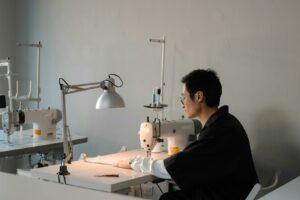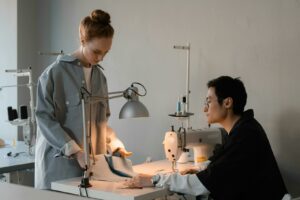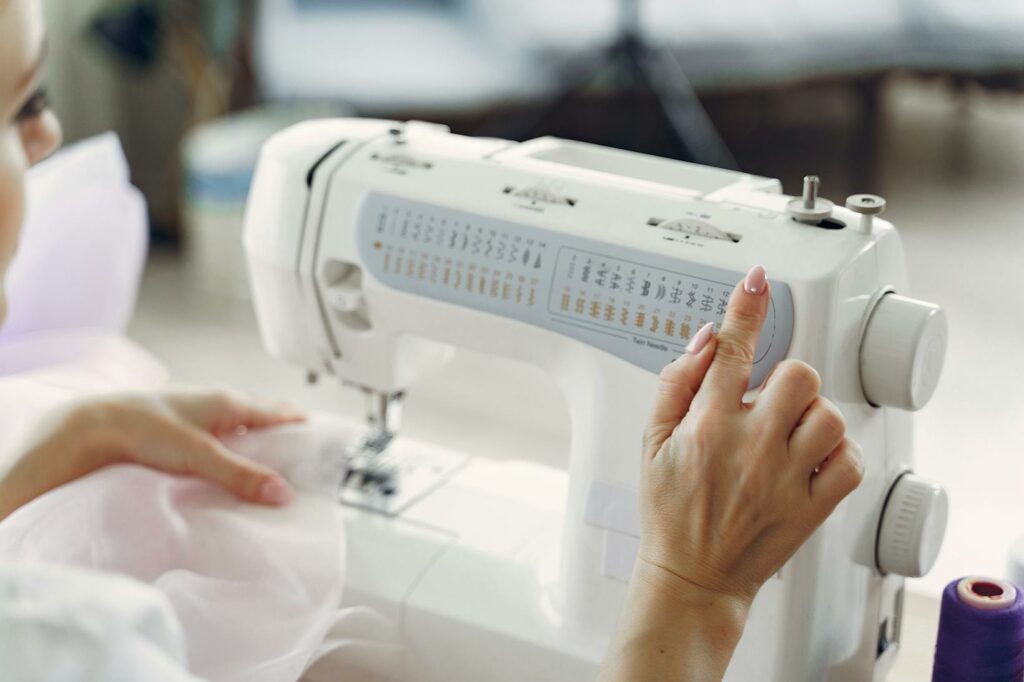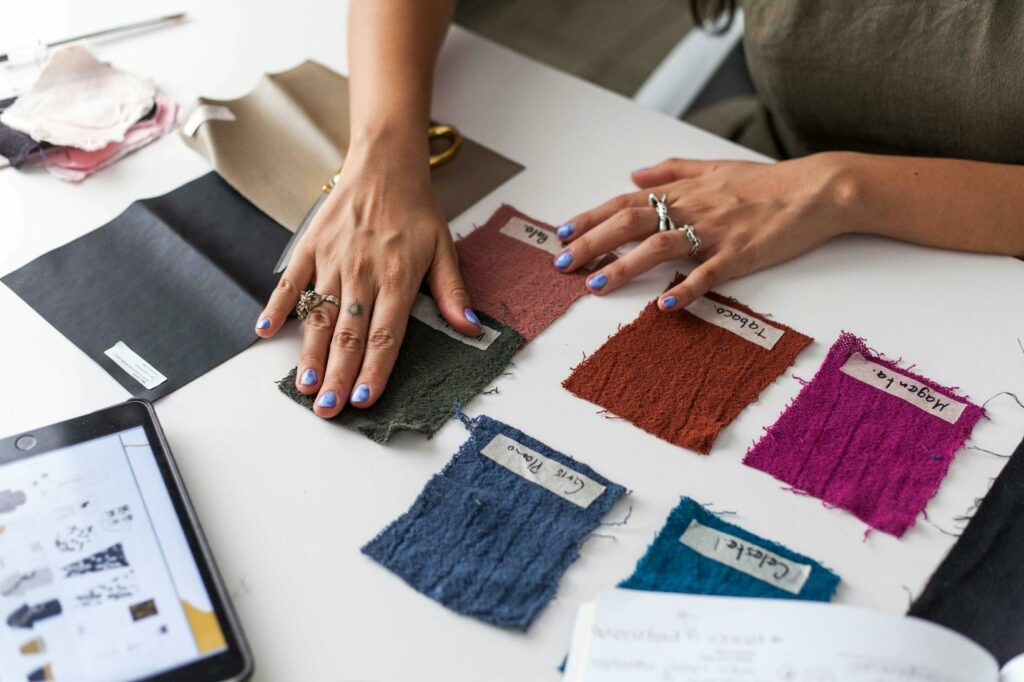Embarking on a journey into the world of fashion design is an exciting and creative endeavor. Joining a fashion design class opens up a realm where imagination meets skill, and trends are born. It’s a space where budding designers can hone their craft, learn the intricacies of design elements, and unleash their artistic flair.
 In a fashion design class, students delve into the fundamentals of color theory, fabric selection, garment construction, and trend forecasting. It’s not just about creating beautiful pieces; it’s about understanding the industry, developing a unique voice, and mastering the art of storytelling through clothing.
In a fashion design class, students delve into the fundamentals of color theory, fabric selection, garment construction, and trend forecasting. It’s not just about creating beautiful pieces; it’s about understanding the industry, developing a unique voice, and mastering the art of storytelling through clothing.
Whether one dreams of launching their own fashion line or simply wants to explore their passion for design, a fashion design class is the perfect platform to kickstart that creative journey.
Fashion Design Class
Fashion design classes offer aspiring designers an immersive experience to hone their skills and unleash their creative potential. Let’s delve into what you can expect in these dynamic learning environments.
What to Expect in a Fashion Design Class
In a fashion design class, individuals can anticipate a blend of practical and theoretical lessons. They delve into the fundamentals of design, learn about color theory, explore fabric types and textures, and grasp the intricacies of garment construction. Moreover, students often engage in trend forecasting to stay ahead in the ever-evolving fashion landscape.
Key Skills Learned in Fashion Design
 Fashion design classes equip individuals with a myriad of crucial skills essential for success in the industry. Students develop proficiency in sketching designs, understanding body proportions, draping fabrics, and creating patterns.
Fashion design classes equip individuals with a myriad of crucial skills essential for success in the industry. Students develop proficiency in sketching designs, understanding body proportions, draping fabrics, and creating patterns.
Additionally, they master the art of combining aesthetics with functionality, learn the importance of attention to detail, and cultivate the ability to translate ideas into compelling fashion statements.
Choosing the Right Fashion Design Class
When selecting a fashion design class, individuals should consider various factors to ensure they make the best choice for their career aspirations. Factors to keep in mind include:
Factors to Consider When Selecting a Course
- Curriculum: Evaluate the course curriculum to ensure it aligns with your interests and career goals. Look for programs that cover essential topics such as design principles, garment construction, fashion illustration, and trend analysis.
- Faculty Expertise: Research the qualifications and experience of the instructors. Opt for classes taught by industry professionals with a strong background in fashion design to gain valuable insights and mentorship.
- Facilities and Resources: Consider the facilities and resources available, such as design studios, sewing labs, and industry-standard equipment. These resources play a crucial role in enhancing your learning experience.
- Opportunities for Practical Experience: Look for classes that offer opportunities for hands-on experience, internships, or projects with fashion brands. Practical exposure is vital for building your portfolio and gaining industry insights.
- Networking Opportunities: Choose a class that provides networking opportunities with professionals and alumni in the fashion industry. Networking can open doors to internships, job opportunities, and collaborations in the future.
Online vs. In-Person Fashion Design Classes
Online and in-person fashion design classes each offer unique benefits tailored to different learning preferences.
Benefits of Each Mode of Learning
- Online Classes:
- Flexibility: Students can access classes from anywhere with an internet connection, allowing for greater flexibility in scheduling.
- Cost-Effective: Online classes often have lower tuition fees and eliminate the need for commuting expenses.
- Self-Paced Learning: Individuals can progress through course material at their own speed, accommodating varying skill levels and commitments.
- In-Person Classes:
- Hands-On Experience: Students benefit from in-person interaction with instructors and peers, enabling practical demonstrations and immediate feedback.
- Networking Opportunities: Physical classes facilitate networking with industry professionals, enhancing career prospects through personal connections.
- Access to Resources: In-person classes offer access to specialized equipment, workshops, and libraries that may not be available online.
How to Choose Based on Your Learning Style
 Considering one’s learning style is crucial when selecting between online and in-person fashion design classes:
Considering one’s learning style is crucial when selecting between online and in-person fashion design classes:
- Visual Learners may prefer in-person classes to observe demonstrations and practical techniques directly.
- Auditory Learners might excel in online classes with audio lectures and discussions.
- Kinesthetic Learners benefit from hands-on experiences in a physical classroom setting to enhance their understanding of garment construction and design techniques.
Matching the mode of learning to individual preferences and strengths can optimize the learning experience and skill development in fashion design.
Embarking on a fashion design class journey opens doors to a world of creativity and skill enhancement. Equipping oneself with essential tools, maximizing learning strategies, and embracing tips for success pave the way for a flourishing career in the dynamic realm of fashion design.



